The caves of Belgium
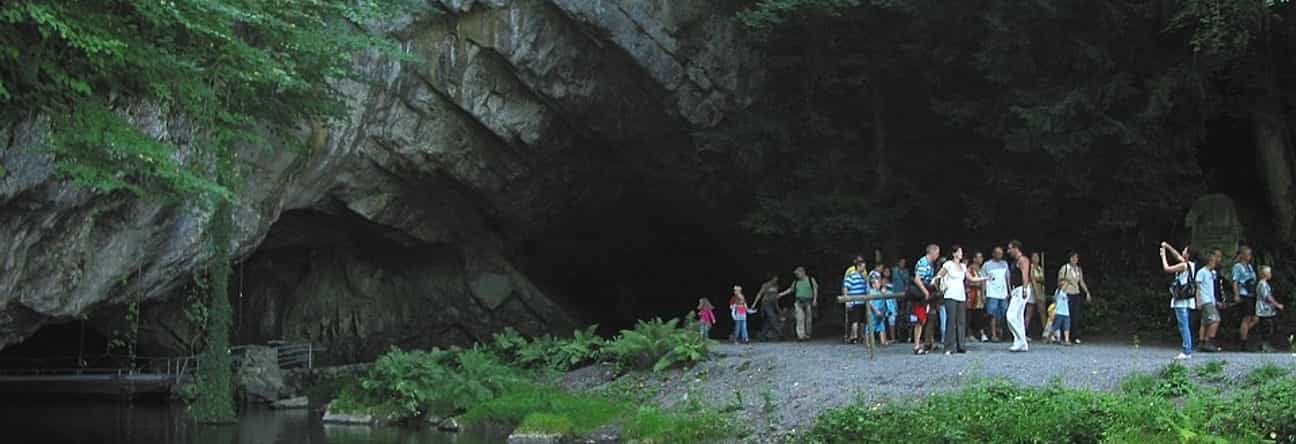
The Caves of Han – Han-sur-Less
Of all the caves in the Belgian Ardennes, the Caves of Han are by far the most famous. They are located in the village of Han-sur-Lesse, in the heart of the Ardennes. You reach the entrance by historic tram and then walk for about two kilometers through an impressive subterranean landscape with gigantic dripstone formations and echoing chambers, such as the Dome Hall and the Armory Hall. Along the way, lighting effects and sound fragments create an immersive experience. In summer, there are also special guided tours by candlelight or in the dark. Next to the cave is the Han Wildlife Park, where you can spot aurochs, lynx, and wolves, among other animals.
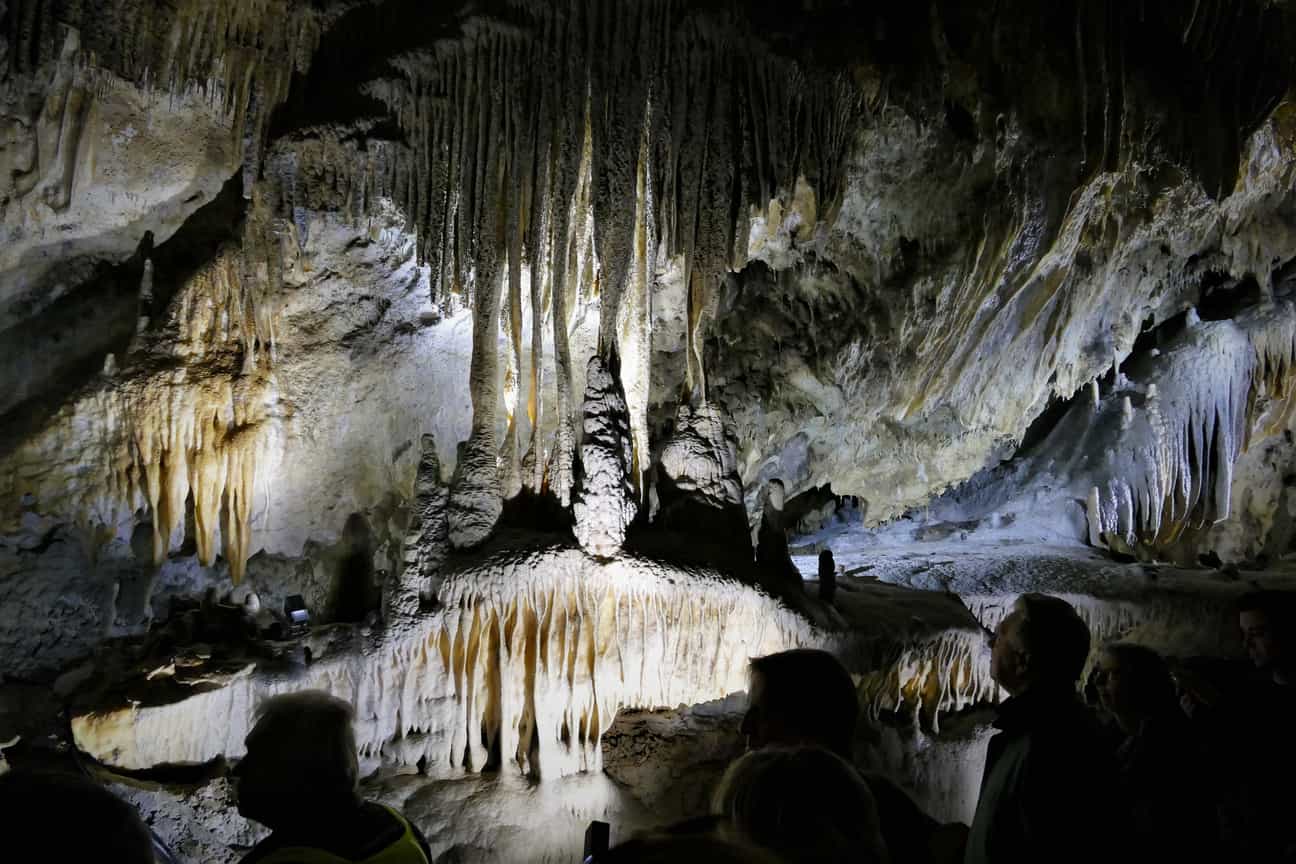
The famous cave of Han-sur-Lesse – one of the most famous dripstone caves in Europe.
The Caves of Remouchamps – Aywaille
In the Liège Ardennes lie the Remouchamps Caves, which were opened to the public as early as the 19th century. The tour leads through vast chambers with colorful limestone formations and narrow corridors lined with ancient stalactites. On the return journey, you board a boat for a nearly kilometer-long trip along the underground Rubicon River. The silence, the reflective water, and the mysterious light make this a truly special experience. Nearby, you can hike in the Ninglinspo nature reserve, one of the most beautiful rivers in the country.
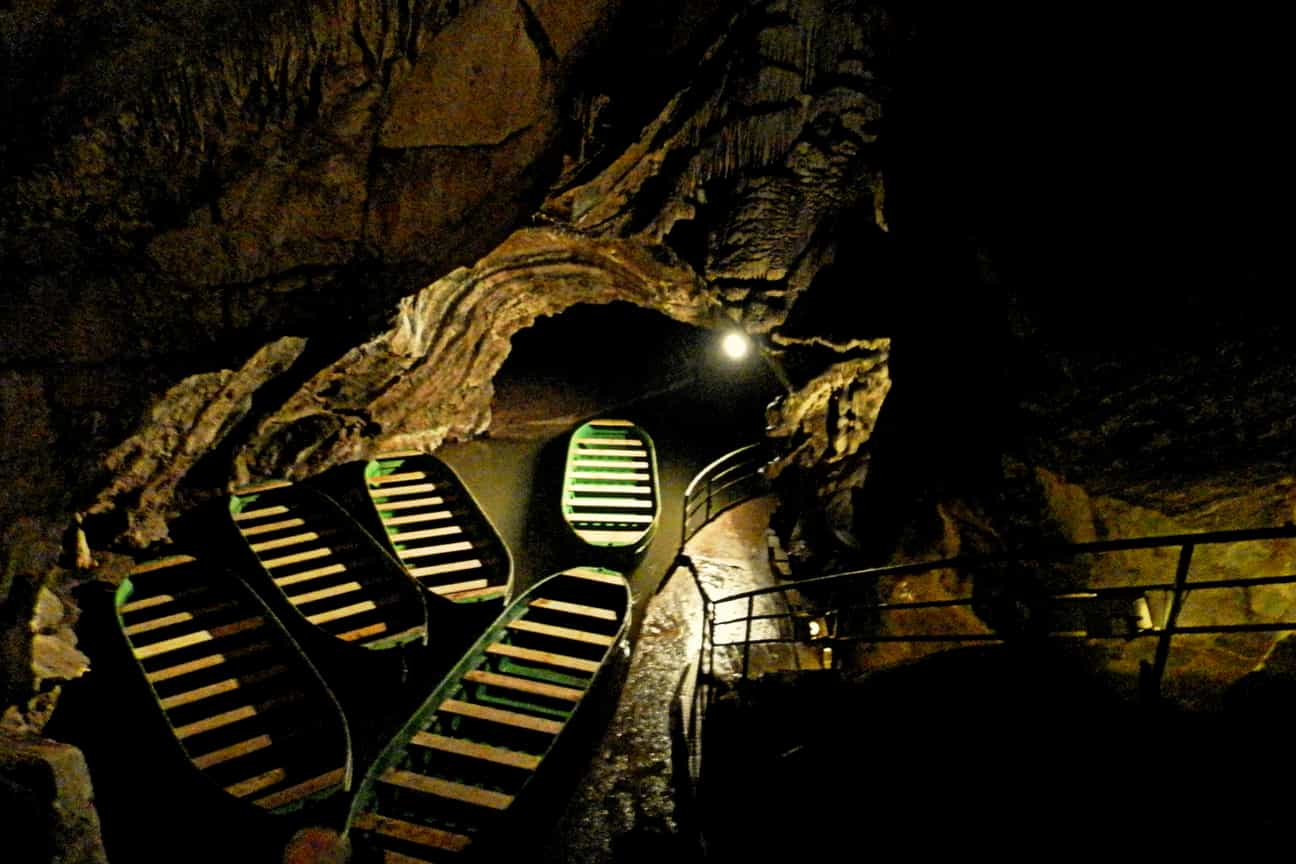
The Caves of Remouchamps – known for their unique underground boat tour. Photo: "Grottes de Remouchamps" by Alice.giallo, licensed under CC BY-SA 3.0
The Caves of Hotton – Hotton-sur-Ourthe
These caves are located just outside the town of Hotton in the province of Luxembourg. They have a natural charm, which is preserved thanks to a deliberately limited number of visitors per day. The caves extend over several levels, reaching depths of over sixty meters. As you walk, you'll see underground streams and fossils in the limestone. The lighting is subdued so as not to disturb the natural atmosphere, and the guides will explain the geological history of the area.
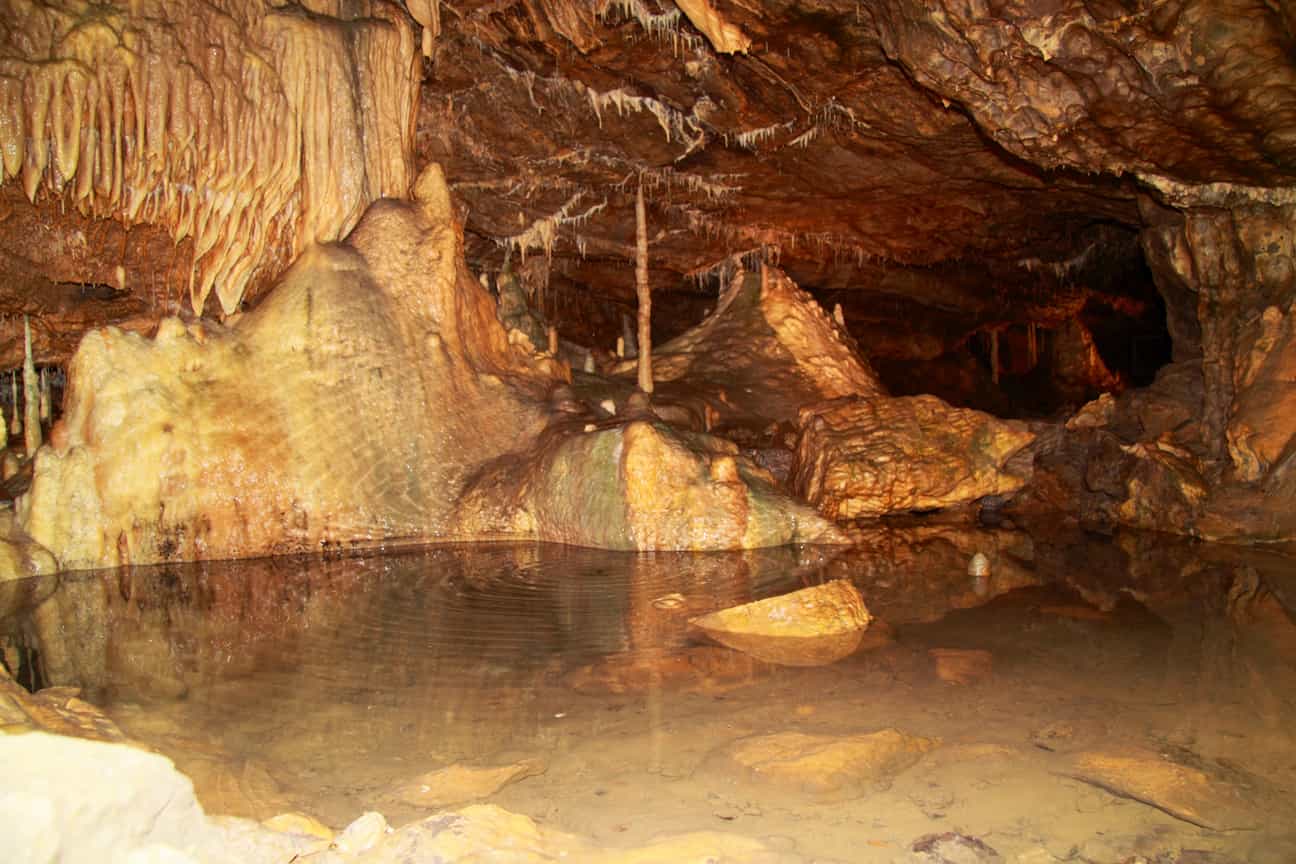
The Hotton Caves – known for their stalactites and underground river.
The Caves of Neptune – Couvin
Tucked away in the south of the province of Namur, near Couvin, lie the Neptune Caves. Formed by the Eau Noire River, they offer a varied journey of stairs, narrow passages, and impressive chambers. At the end of the tour, there's a light and sound show on the water. During peak season, you can also take a boat trip on the underground river, depending on the water level. The surrounding area is perfect for walks in the wooded landscape of the Viroin Valley.
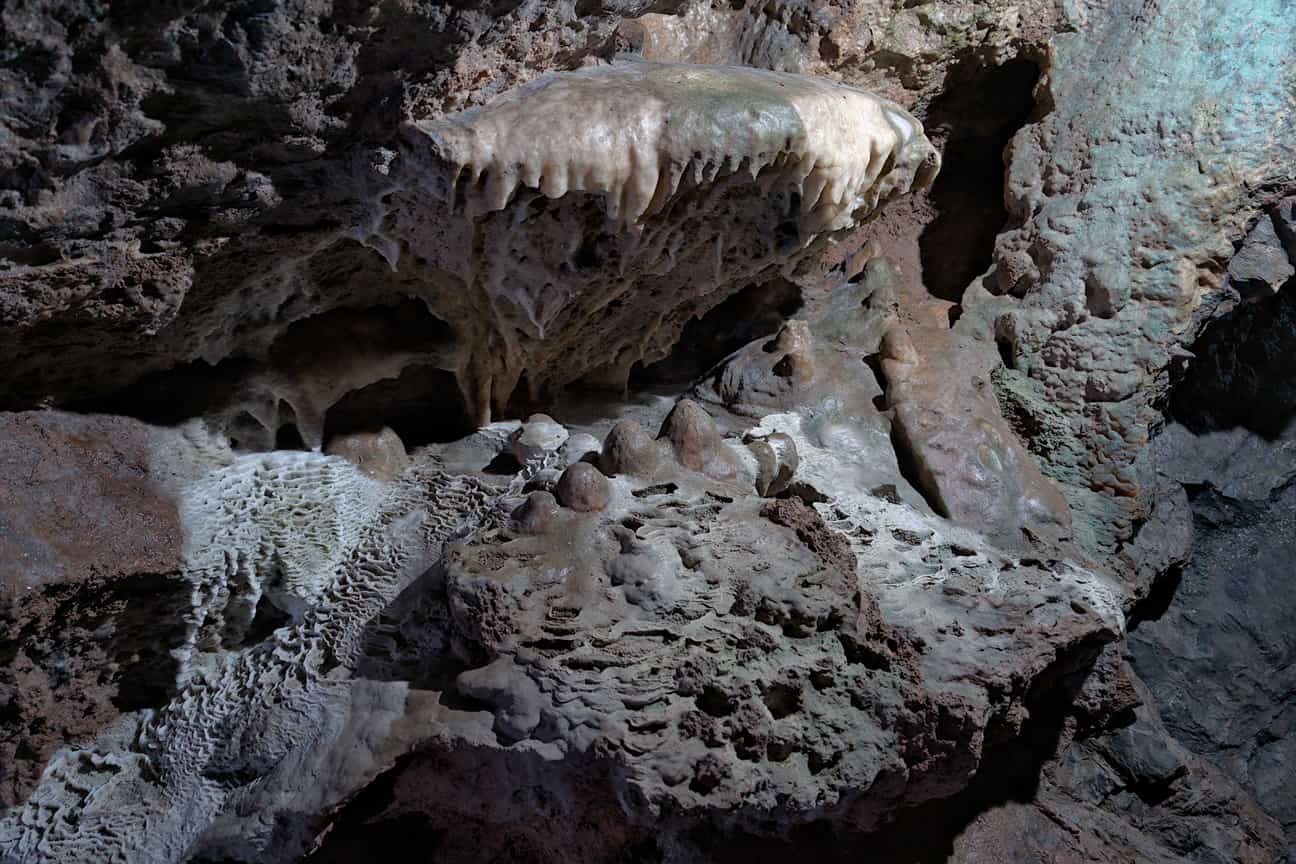
Speleotheque in the Grottes de Neptune in Couvin, Belgium – Photo: Trougnouf (Benoit Brummer), CC BY 4.0
Cave of Lorette-Rochefort – Rochefort
What makes the Lorette Cave, located in the tourist town of Rochefort, unique are the vertical shafts that take you down to a depth of 60 meters. The central chamber is enormous; during the tour, a flaming balloon is lowered to reveal its dimensions. Fossil deposits, glistening stalactites, and ancient layers of limestone make this a fascinating site for geology enthusiasts. There's also plenty to see and do in Rochefort itself, including a visit to the archaeological park or the nearby Château de Lavaux-Sainte-Anne.
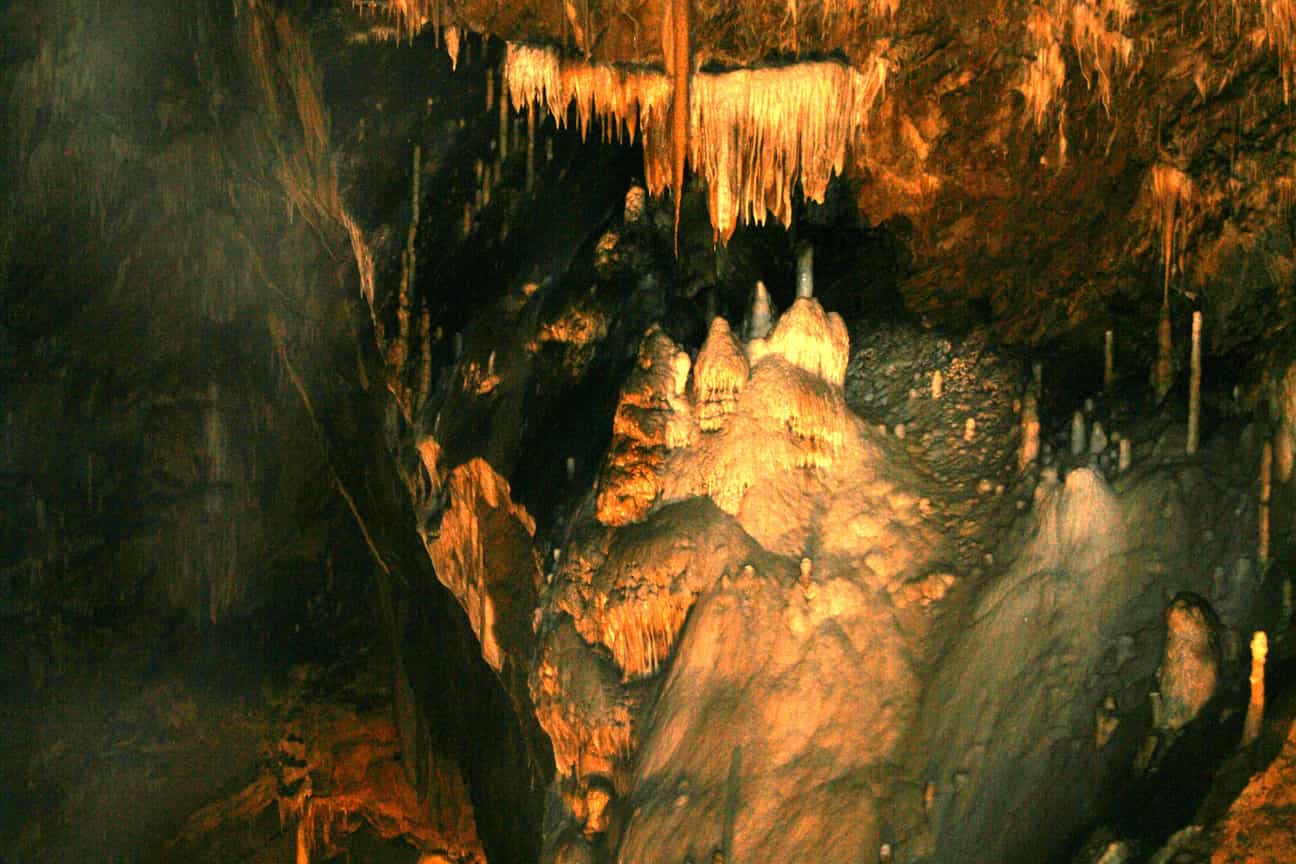
The Grotte de Lorette in Rochefort is a feast for the eyes, with unique stalactite formations and a fascinating tour of Belgium's underground world. "00 Rochefort - Grotte de Lorette" by Jean-Pol GRANDMONT is licensed under CC BY 3.0.
The Caves of Floreffe – Floreffe
Just outside Namur lies Floreffe, known for its abbey, but also for a cave that was discovered relatively recently. The Floreffe Caves were only uncovered in the 1980s and offer visitors a glimpse into a natural, living limestone cavern. Because this cave is not very tourist-friendly, the atmosphere remains authentic and intimate. Accompanied by a guide, you descend into a maze of corridors and chambers, where the humid climate creates shimmering, sometimes still active, stalactites.
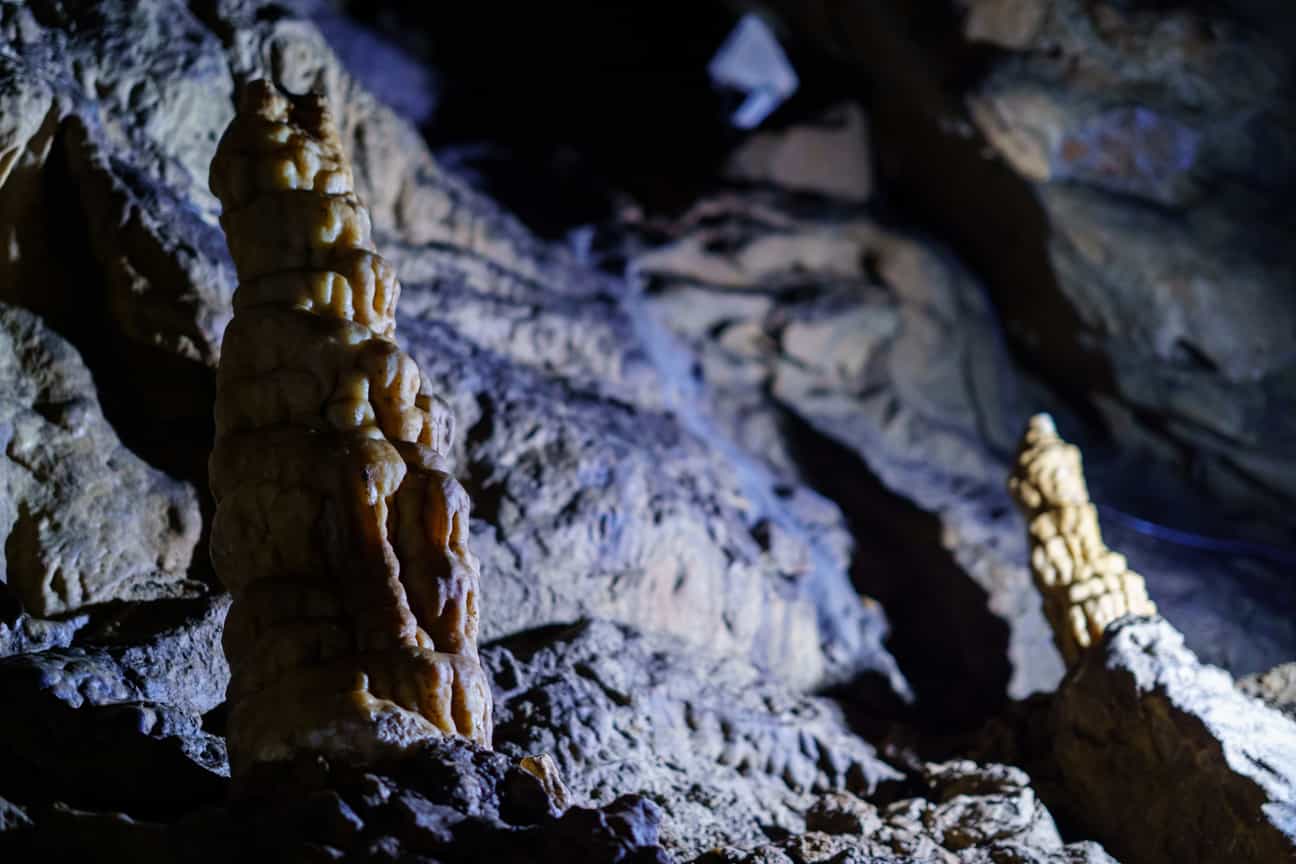
The Grotte de Floreffe is a fascinating natural limestone cave in Belgium, known for its living stalactites and impressive stalactites.
The Cave of Spy – Jemeppe-sur-Sambre
The Cave of Spy is renowned for its archaeological importance. The skeletons of two adult Neanderthals were discovered here in the 19th century, one of the most important prehistoric discoveries in Europe. The cave itself is nestled in a wooded area on the edge of the village of Spy. Unlike other caves, the Cave of Spy is freely accessible and not designed for tourists. There are no stairs, lighting, or paths. You can learn more about the finds in the nearby archaeological museum.

The Grotte de Spy is an important prehistoric cave in Belgium, known for its fossil and archaeological finds. "Grotte de Spy.jpg" by A. Waroquier is licensed under CC BY-SA 3.0.
The Caves of Folx-les-Caves – Orp-Jauche
In Walloon Brabant, you'll find the Grottes de Folx-les-Caves, formed not by natural erosion, but by human intervention. It's a network of limestone quarries, dug in the Middle Ages, that have served various purposes over time, from storage to shelter. Today, the caves are often used for cultural events, dinners, exhibitions, or even as film locations. The tunnels and vaults form an impressive labyrinth, with a completely different atmosphere than that of natural caves.

The Grottes de Folx-les-Caves are a historic, man-made cave system in Belgium with impressive passages and chambers. "Grottes de Folx-les-Caves 01" by Unknown Author is licensed under CC BY-SA 3.0.
Tips for cave visitors
Anyone planning to explore the Belgian underworld is advised to wear warm clothing and sturdy shoes. Most caves maintain a constant temperature of around ten to thirteen degrees Celsius, and the paths are often wet and slippery. Booking in advance is recommended during holiday periods and weekends. Many caves are located in beautiful nature reserves, where a visit can be perfectly combined with a walk or a picnic.